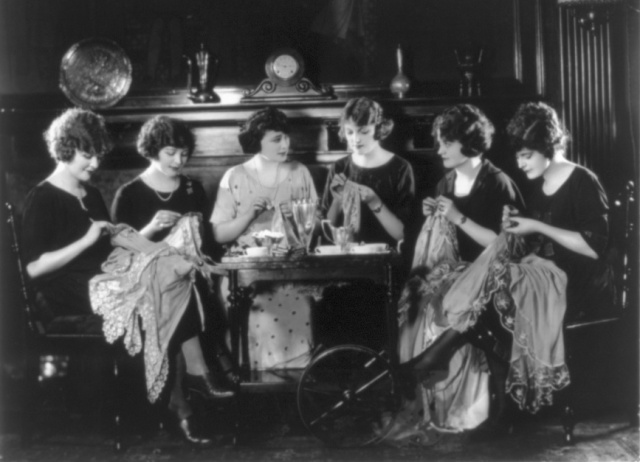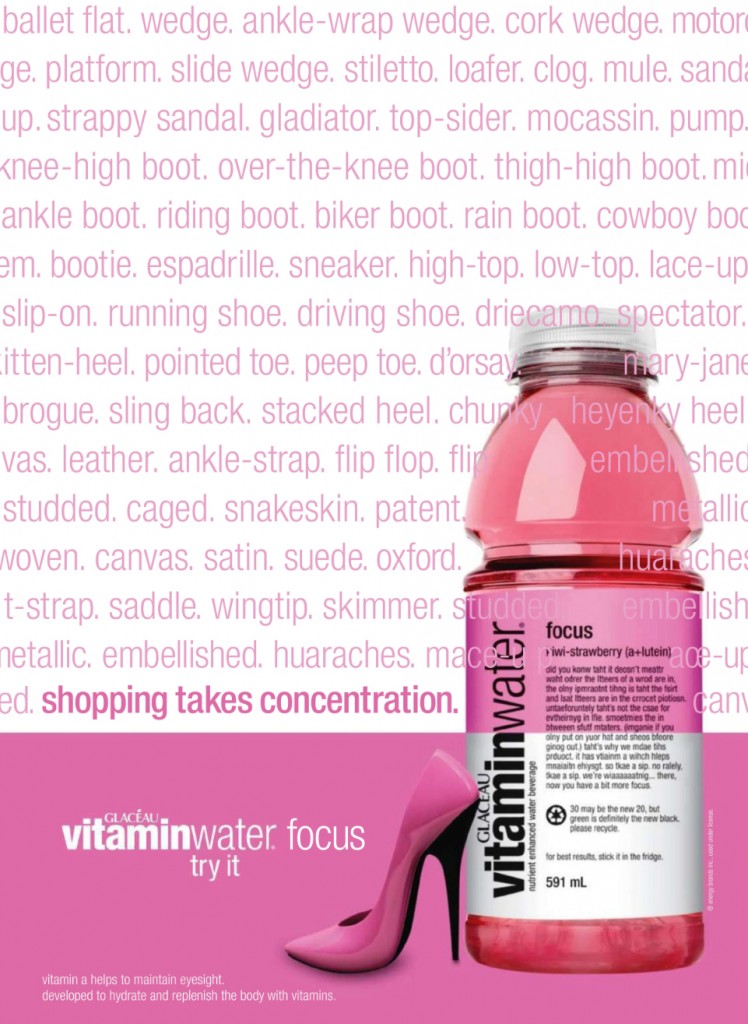Miriam H. noticed that the “Plus Size” section of the Frederick’s of Hollywood website uses very thin women to model the clothes, a phenomenon we’ve documented at Woman Within, even as it boasts “SEXY AT EVERY SIZE” and “Styles in sizes up to 3X and 42F”:
I browsed through all of the front pages for the categories at the left and noticed only one photograph of a woman that could pass as a “plus size” model:
This got me to wondering where these photos come from… and I have absolutely no answer to this question. I don’t know if Frederick’s arranges for these photos to be taken, if they hire a company to take these photos, if the manufacturers have the photos taken and give or sell them to Frederick’s. That might explain the single image with a plus-sized woman. It also seems to me that the photos vary quite a bit stylistically, suggesting that they were coming from different places. For example:
I suspect, as well, that the reason all of the products are modeled by thin models is because only one photo of each product is produced (one with a thin model on the assumption that plus-sized models could not be used to sell to non-plus-sized people). That is, it would be twice as expensive to show two differently sized women in the garment, so women searching for plus-sized clothes don’t get to see the garment in their size.
Then again, as I continue to think out loud, almost no women buying any of these clothes has a body that approximates that of the models in these photos. So this is not a non-representation issue for larger women, it’s a non-representation issue for almost all women.
So this seems to me to be an issue of representation, but also an issue of the institutional and financial constraints of the fashion industry. Thoughts? Insights? Answers?
Lisa Wade, PhD is an Associate Professor at Tulane University. She is the author of American Hookup, a book about college sexual culture; a textbook about gender; and a forthcoming introductory text: Terrible Magnificent Sociology. You can follow her on Twitter and Instagram.















